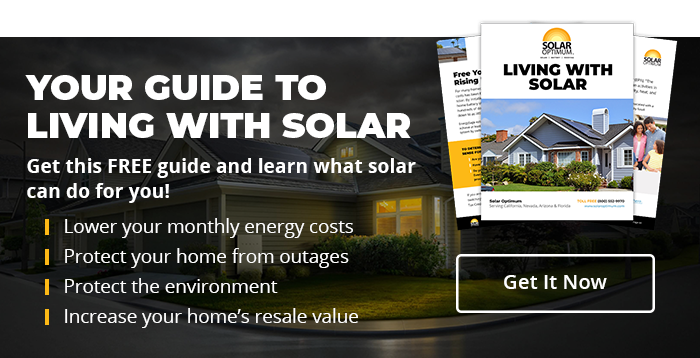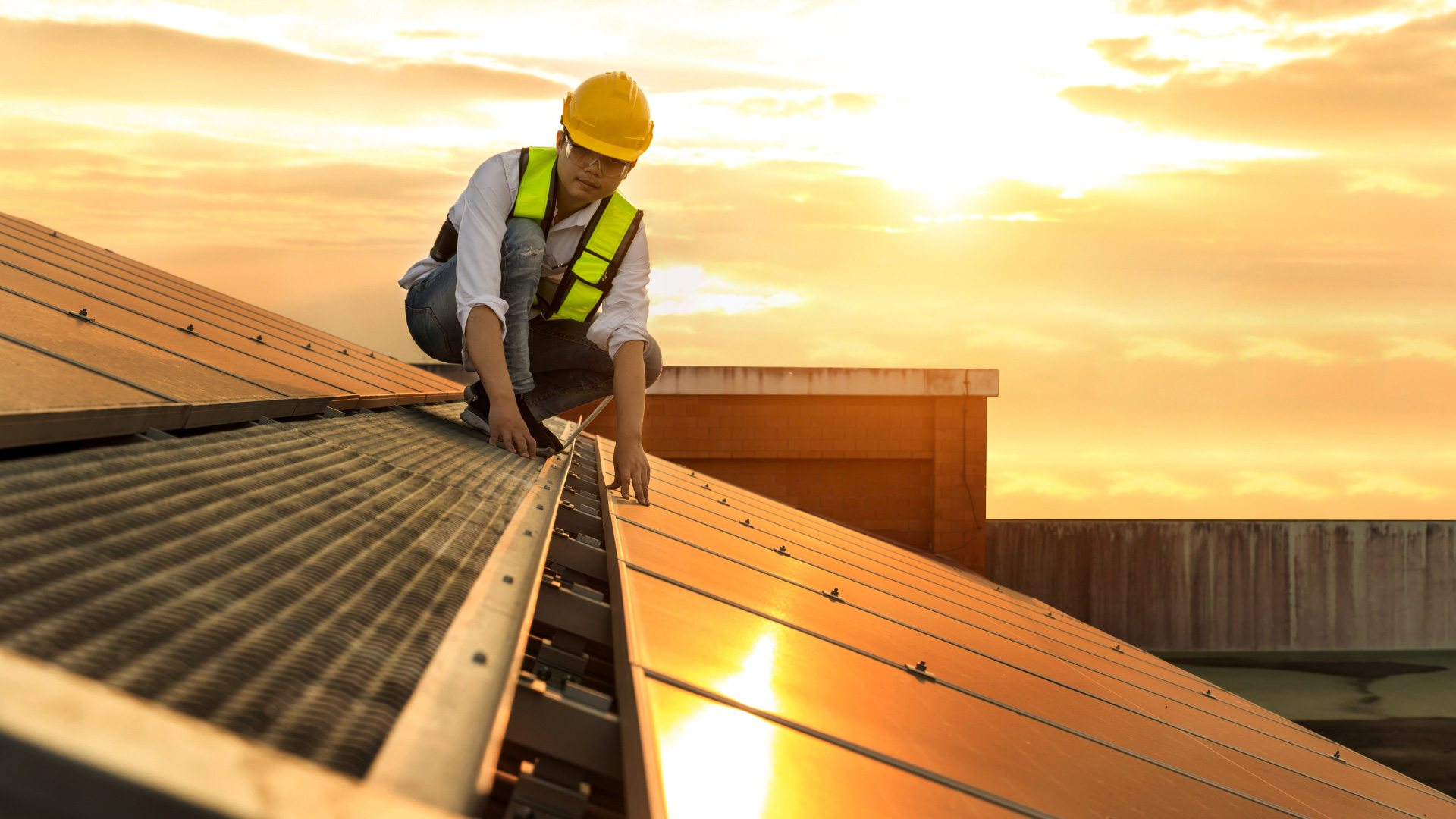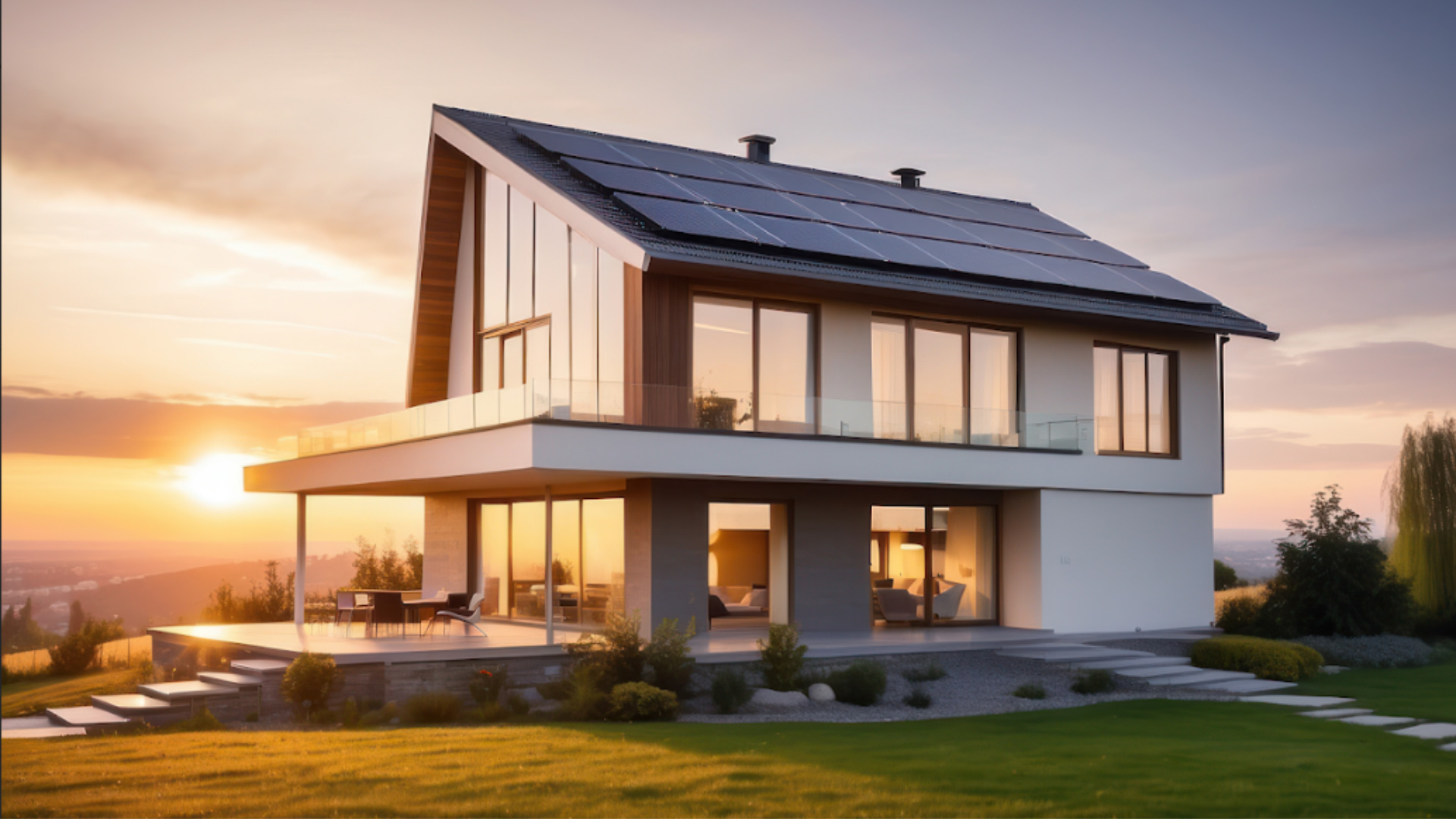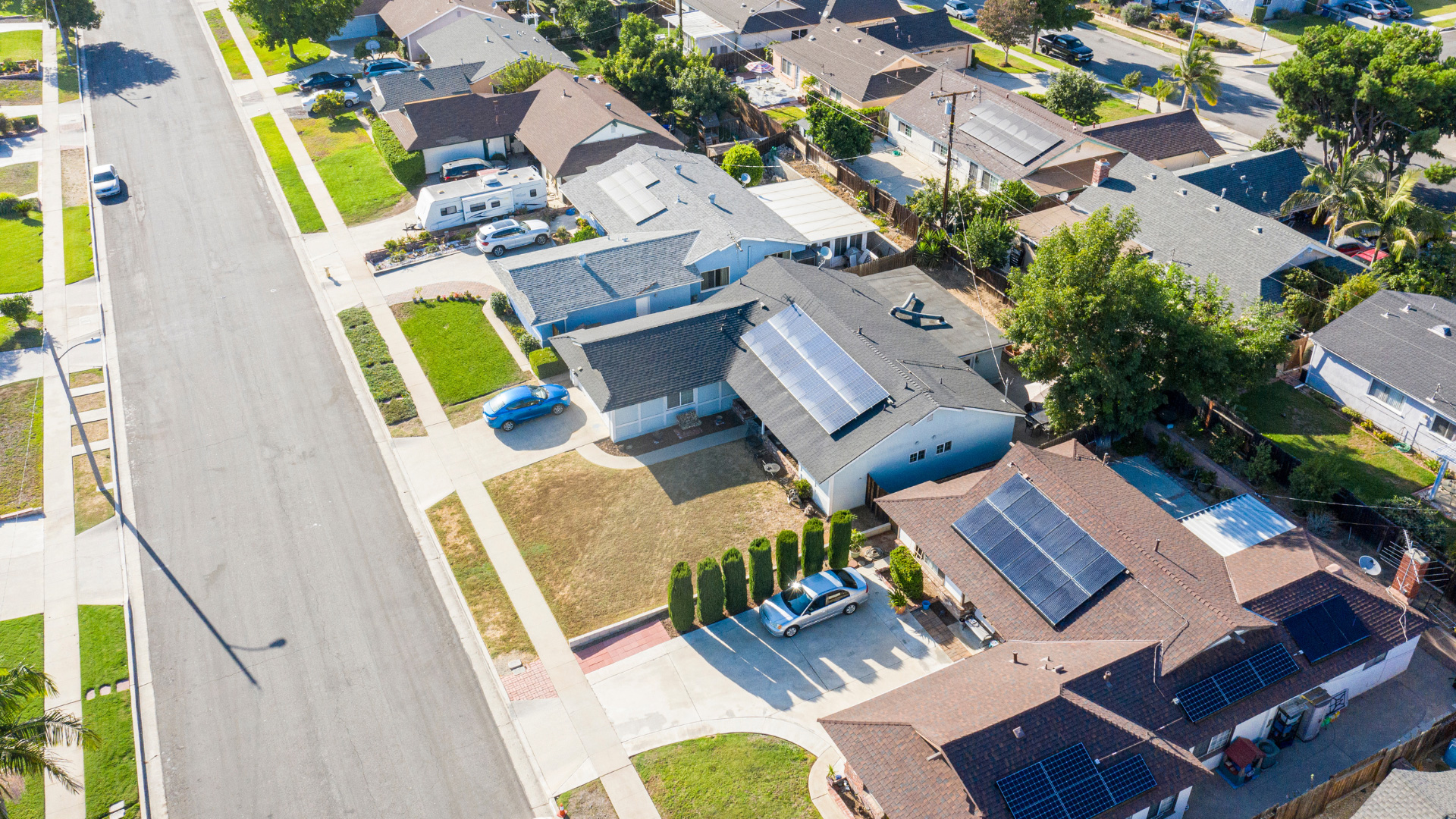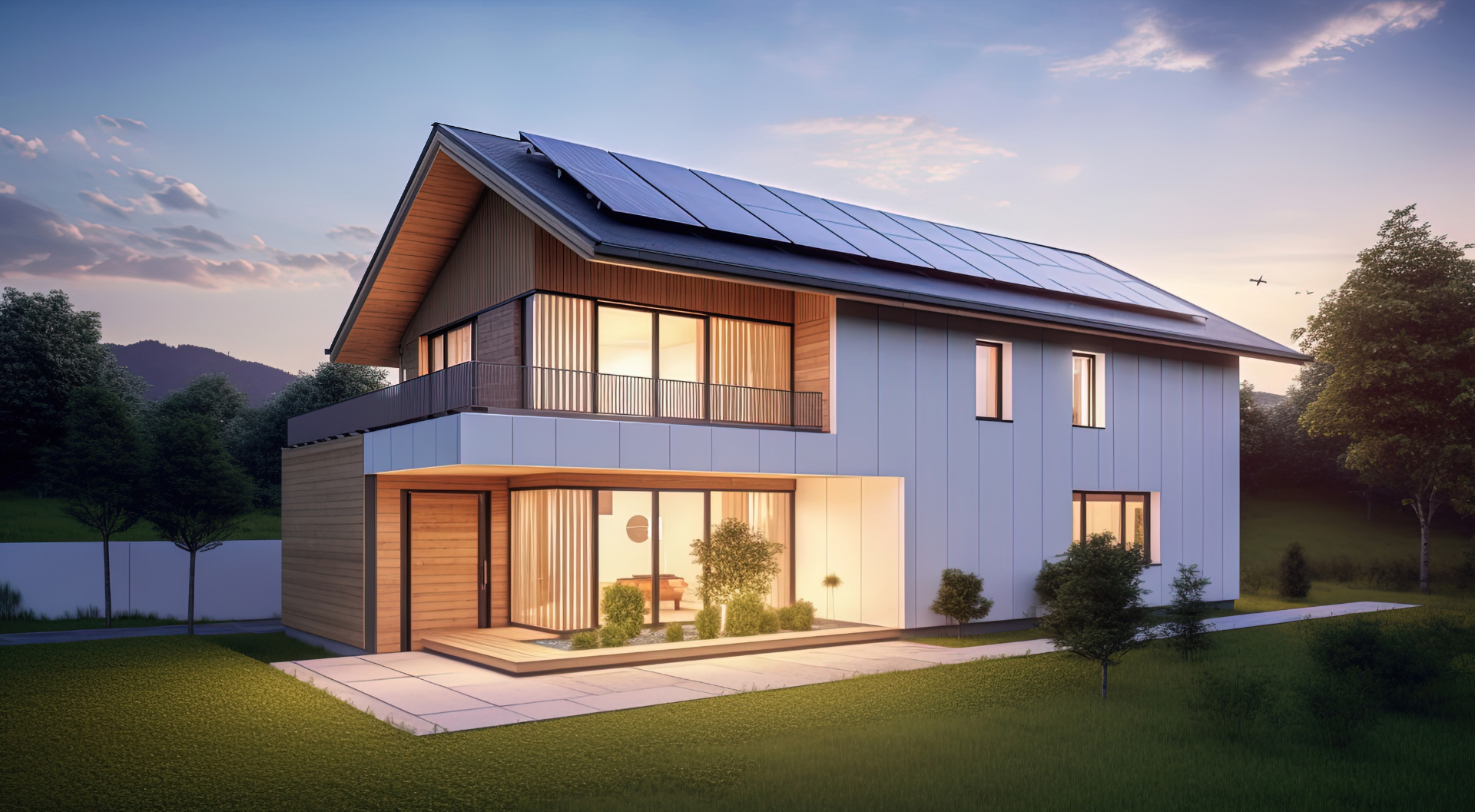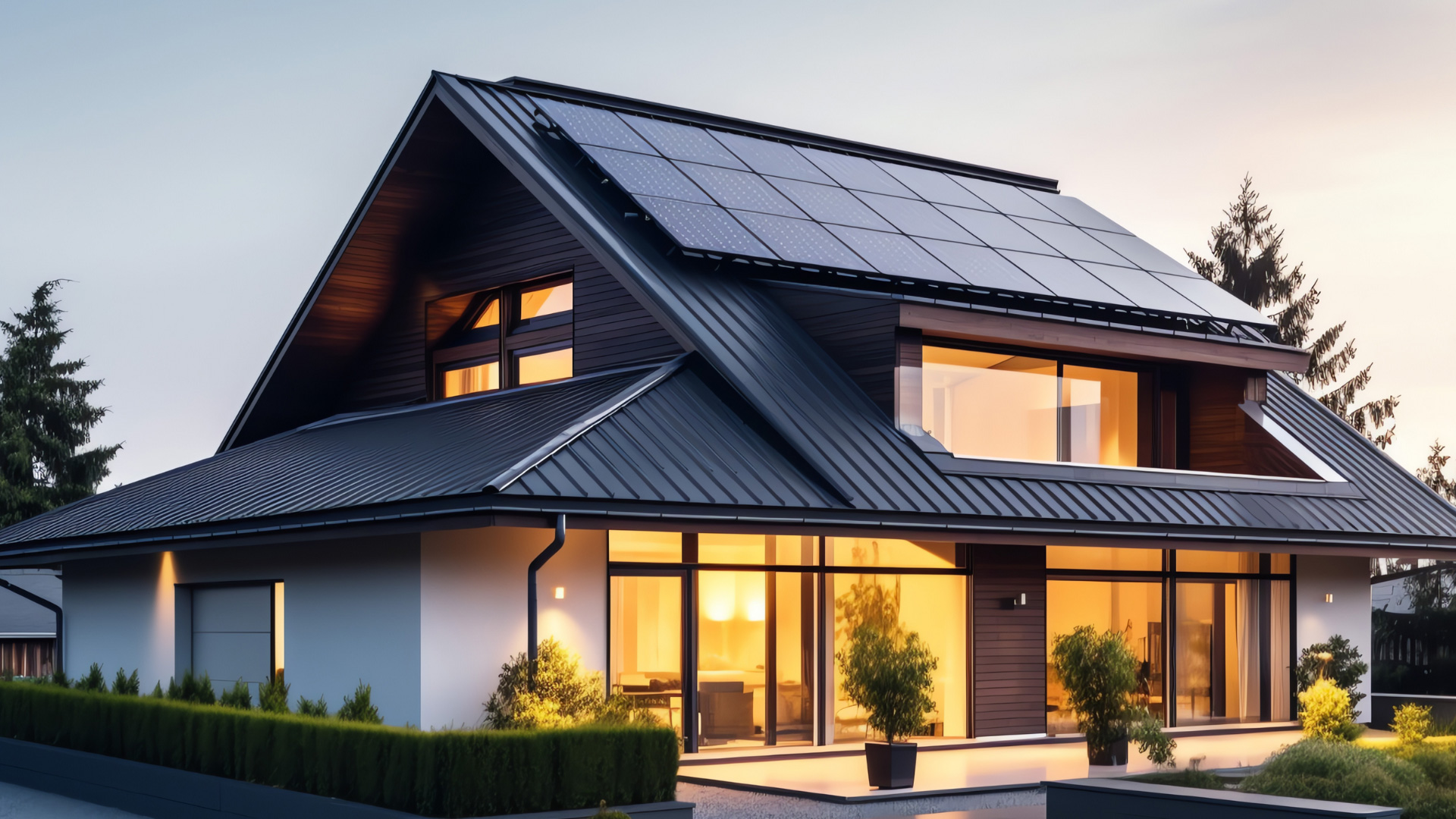If you’re unfamiliar with solar panels beyond the promise of lower energy bills, there’s a lot to unpack. Maximizing how much you reduce your energy bills is not as straightforward a process as hiring a trusted provider to install them for you. In addition to having a high-quality inverter in place, you need to ensure you have clean, high-efficiency panels installed in the right area of your roof. Discover the best direction for solar panels in Nevada and how often you should change their direction.
Best Direction for Solar Panels in Nevada
You may be surprised to learn that the direction of your solar panels impacts their effectiveness. Each panel includes several photovoltaic cells that absorb sunlight. However, they do so most efficiently when light waves hit them directly. At different angles, light waves are reflected away rather than absorbed. Consequently, solar panels must be positioned appropriately to capture the maximum amount of sunlight each day.
Generally Speaking
The best direction for solar panels in the United States is generally the south. As the country sits north of the equator, it faces a sun that sits slightly south. By installing solar panels southward, you can capture a substantial amount of sunlight for use in your home and, through net metering, for electricity bill credits.
Alternative Options
While southward solar panels are generally recommended, they may not fit every home best. Some Nevada homeowners find that the best direction for solar panels for their home is west or east. Although these panels capture less energy, they can still be advantageous due to Time-of-Use (TOU) pricing. Offered by several states, including Nevada, TOU pricing involves electric companies charging consumers for use during peak periods. Southwest or westward-facing panels can capture and produce more energy later in the day for use during the evening’s peak usage period. By doing so, westward panels can help lower electricity pricing during this peak period.
East-facing panels are also a viable option. While they are generally about 80% as efficient as south-facing panels, they can be quite efficient during the winter. During those chilly months, east-facing panels are well-positioned to capture substantial sunlight during daylight hours.
No matter which direction your solar panels face, they must be as unobstructed as possible. Shade from trees, overhangs from adjacent buildings, or other structures will reduce the efficiency of your solar panels and the amount of money they can help you save.
Why Getting the Right Angle Matters
The direction of your solar panel is not the only element installers must consider to help you capture the most energy. Solar panels must also be installed at the right angle, usually between 15 and 40 degrees, to capture as much sunlight as possible. Even installing a panel a few degrees off can result in the cells reflecting considerable amounts of sunlight rather than absorbing it. Your panel’s energy efficiency could decrease, leaving you with higher monthly electric bills than you might otherwise have.
How Often Should You Adust Your Solar Panels?
Post-installation, solar panels should be adjusted at regular intervals. Ideally, you’ll lower the angle of your panels in the summer and increase it in the winter to maximize the amount of sunlight you capture. Of course, after a large storm or other severe weather event, checking on your panels to ensure they remain at the appropriate angle for the season is a good idea. A trusted solar provider can help ensure that your panels are and remain in the best position to maximize energy efficiency.
Getting Started In the Right Direction
Solar panels can be an excellent addition to your home. Not only can they help lower your monthly bills, but they can also increase your property value and reduce your carbon footprint. Getting started with solar panels, though, can seem daunting. That’s why we’re here to help guide Nevada homeowners across Clark County and the Greater Las Vegas area through the process. Contact us to learn about the advantages of going solar in Nevada, or download Solar Optimum’s Ultimate Guide to Going Solar.
